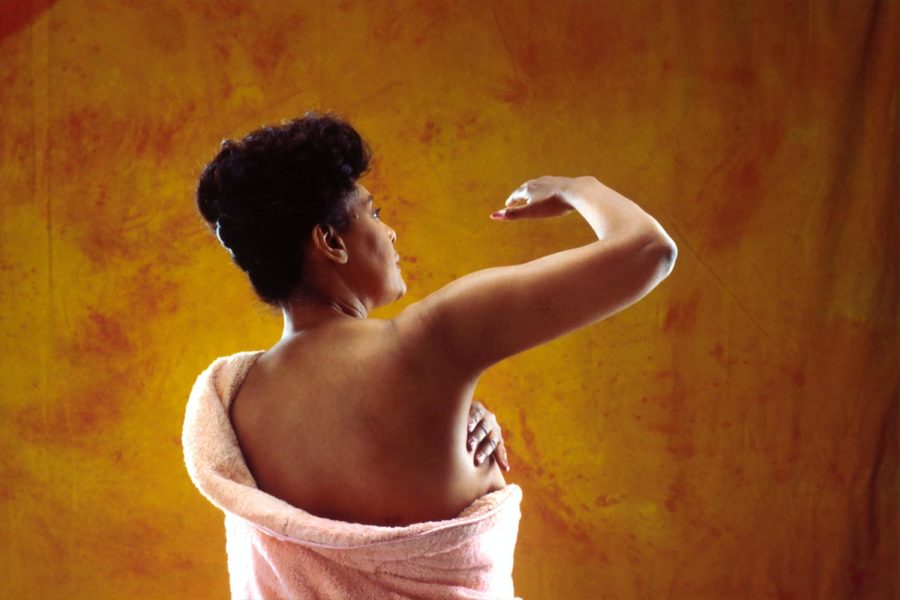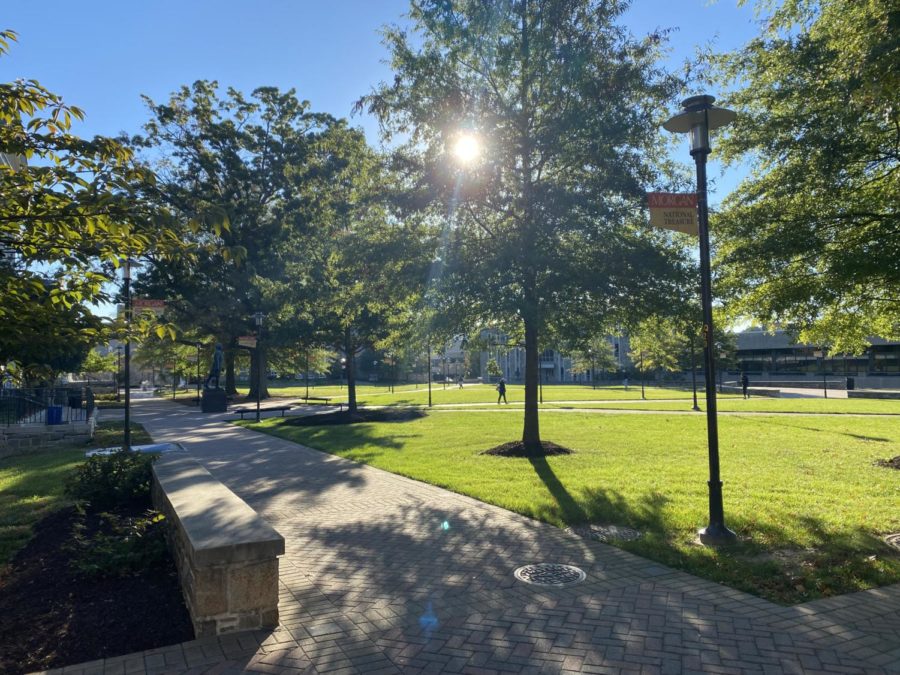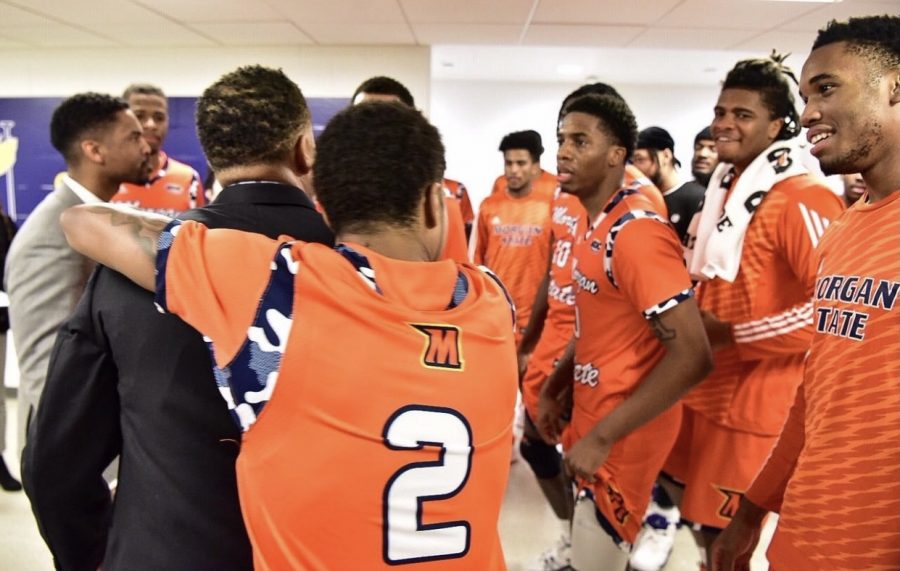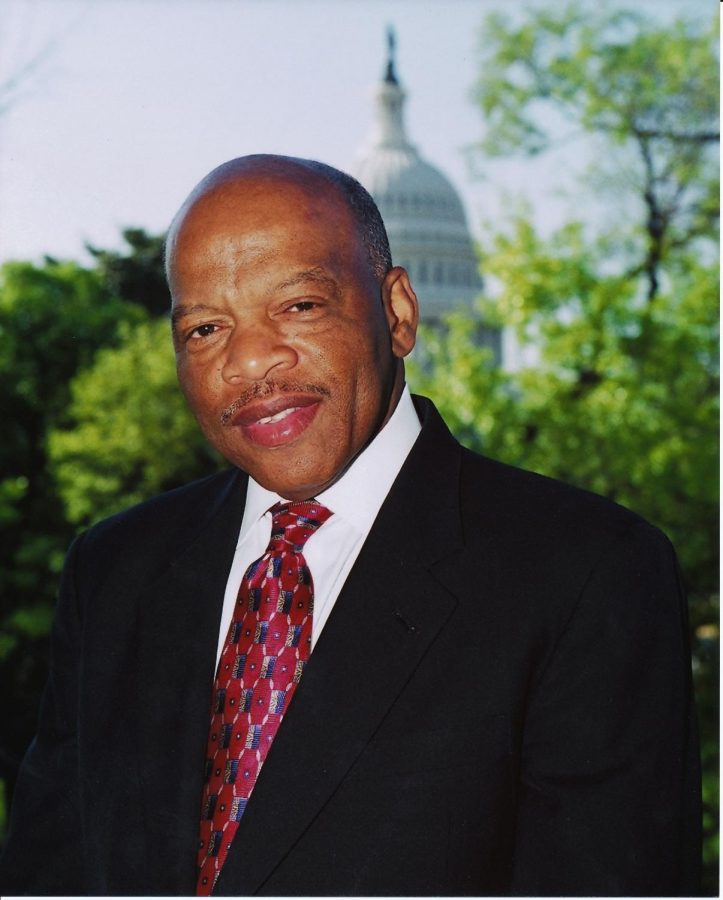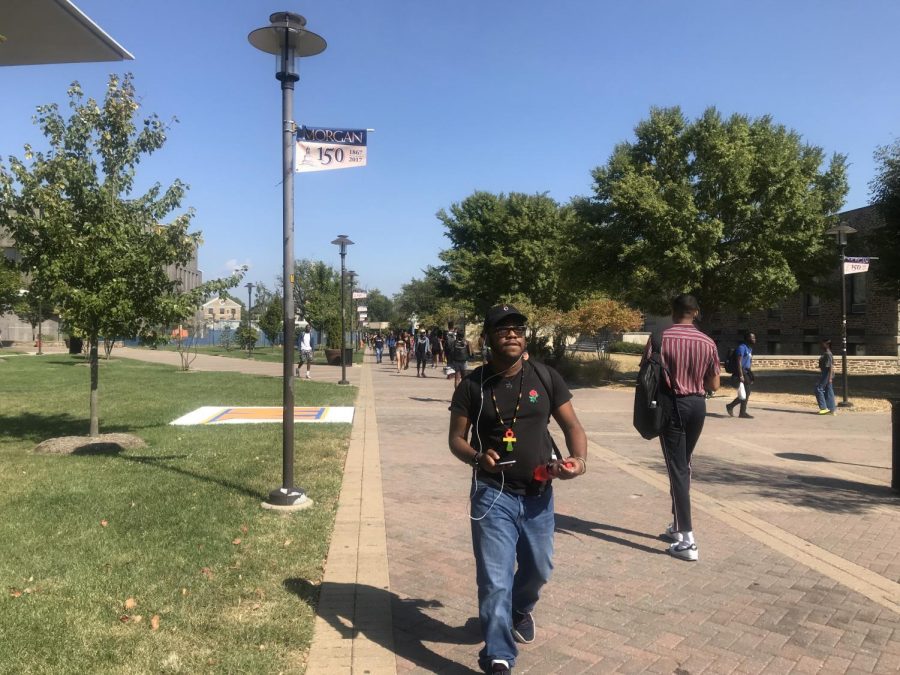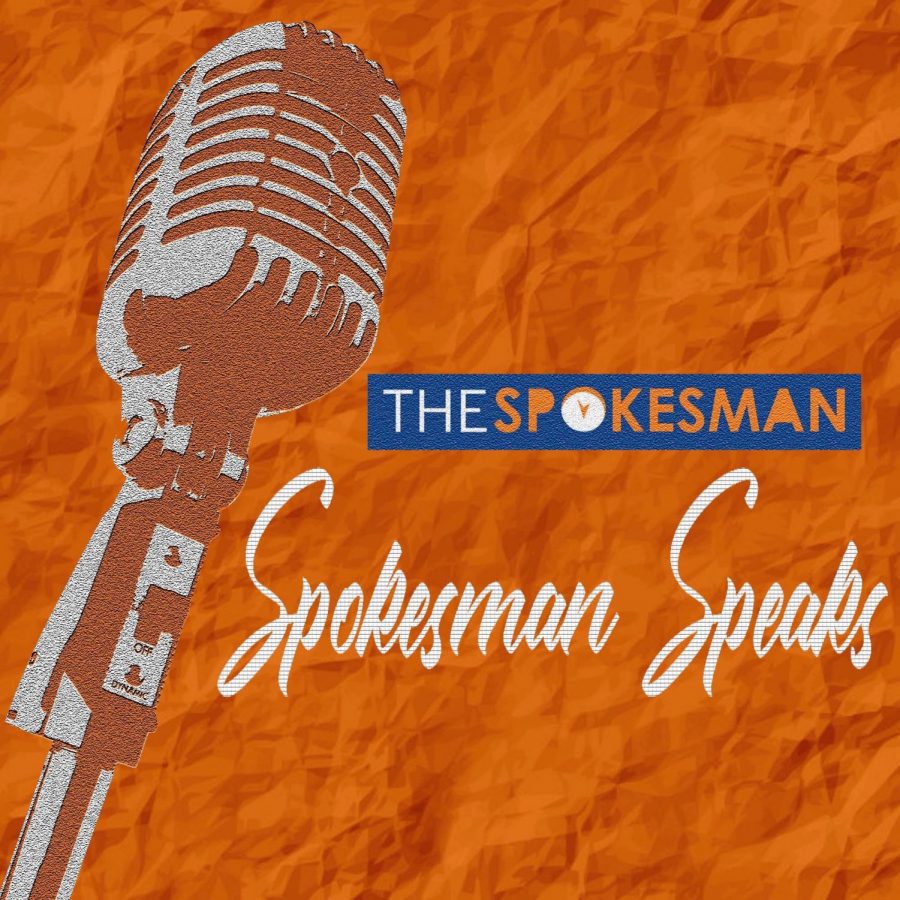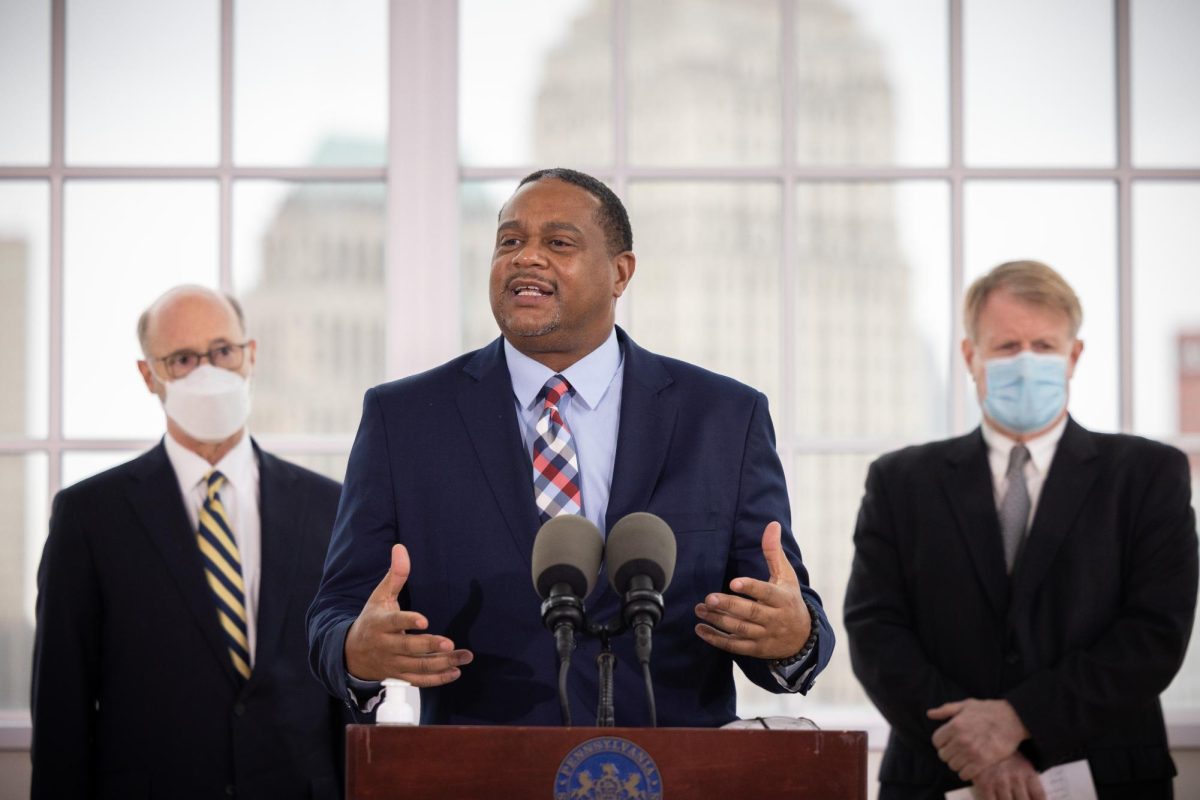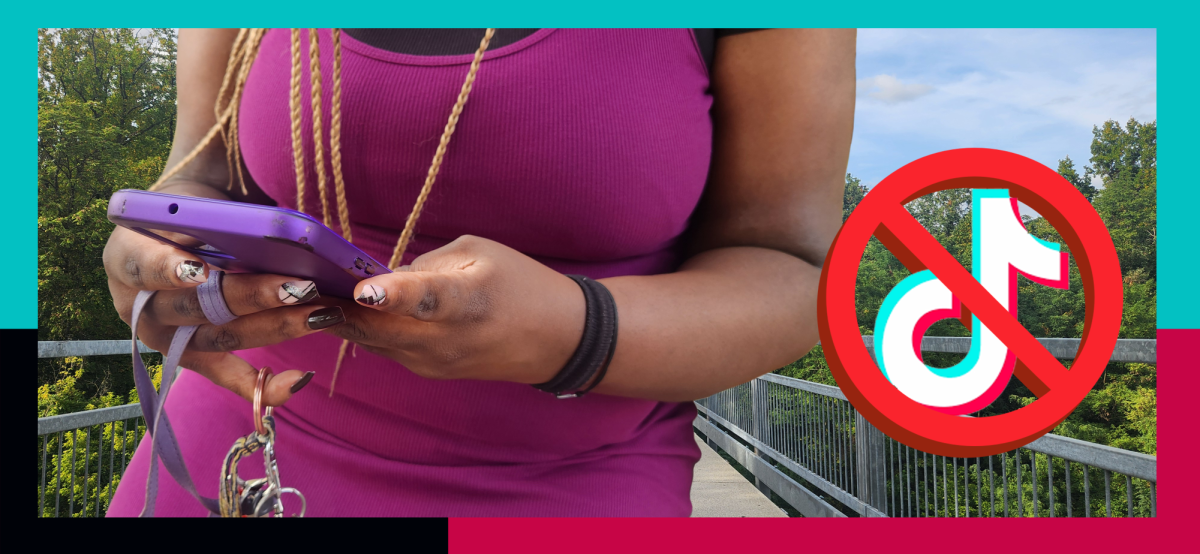Most of my Sundays are spent recuperating from eventful weekends and preparing for the following dreaded class week but this particular Sunday afternoon a few months ago was different. That day, 19-year-old Morgan State student Darian Hicks lost his life in the back seat of his car after a long night of partying with his friends throughout the city of Baltimore and allegedly over-dosing on the prescription pill, Xanax.
His friends, who found his body that morning, and his family shed many tears in disbelief as they stared at the white body bag slowly being zipped up and carried into the ambulance. The death of this young man happened soon after the now infamous Morgan State shooting in the Student Center that left a young man critically injured in a nearby hospital. But it played out in a different fashion because it was self-induced and less public.
Witnessing the end of this young man’s life, a man that I had never met, and later seeing his very close friends on Twitter and Tumblr speak about their beloved friend—widely known as Trippy D—inspired immediate questions. “How trippy can a person get?” “Where’s the limit?” And, “How many of my other college peers are getting trippy on drugs that are not as pleasant as Mary Jane?”
Some people in my generation are not aware of the legacy of the term “trippy.” The Southern rapper Juicy J and many other rappers in today’s hip hop culture have re-crowned the old hippy term with the same definition but gearing it to a different audience. Those who “get trippy” or who “are trippy” like to have a good time and enjoy freeing themselves of inhibition through a constant high. Today, you can achieve this high and trippy state of mind in multiple ways. Marijuana, Cocaine, Xanax, Adderall, Ecstasy, Heroin, LSD, PCP, and Mushrooms are a few or the most popular drugs on campuses. Xanax, which allegedly killed Darian Hicks, can be very effective for those who have anxiety disorders or signs of depression if properly prescribed by a physician, but when abused and used recreationally proves very harmful. Students misuse prescription stimulants to “get in the zone” or pull all night study sessions—a habit that is most likely to begin in college. Among people 18 to 22 years of age, full-time college students are twice as likely to use a stimulant for nonmedical reasons in the past year compared to those who aren’t in college or are only part-time students, according to a 2009 report by the Substance Abuse and Mental Health Services Administration. Most students do not expect to become addicted to these drugs. Once they become aware, it is usually too late and what was once an accessory is now a necessity.
Ironically, after Hicks death, I had a close friend tell me about his own near death experience with heroin-laced Marijuana. As he sat next to me in the computer lab in mid-September, he started to tell me about the scariest moment of his life. Before he could begin his story, I noticed how distraught his demeanor was. His hands shivered as he attempted to print his classwork assignment and in the midst of his story, he looked at me and said “Keshia, you’ve known me for three years and you know I am never like this.” That statement was true.
This young man (I’ll refer to him as Jim, for the sake of his promised anonymity) smoked a blunt (marijuana) that was laced with heroin and suffered a panic attack that almost cost him and his girlfriend their lives. “My girlfriend could have died and if I would have been the reason that she died I would have had to kill myself because it was my fault,” said Jim. He explained that he had used something stronger than just weed because of the way he felt physically and because of the withdrawal symptoms that he felt the next day. He noticed that he couldn’t sit still in class, he couldn’t focus or stop shivering. After this incident he vowed that he was finished with the drug life in every way. (Prior to this he smoked and sold weed.)
Now, several weeks later Jim feels better. “Life isn’t as fuzzy,” he says. “I am no longer feeling lazy and my weight doesn’t constantly fluctuate anymore.”
This guy was a new man and had a refreshed, saved-by-grace tone as he talked about his new beginning. Because he will not disclose the person who sold him the drugs, it’s clear that drug sales and use–this trippy lifestyle that so many of my peers favor–is far from over. Most users won’t say no to drugs until they absolutely have to. I wonder, how many will stop in time?


